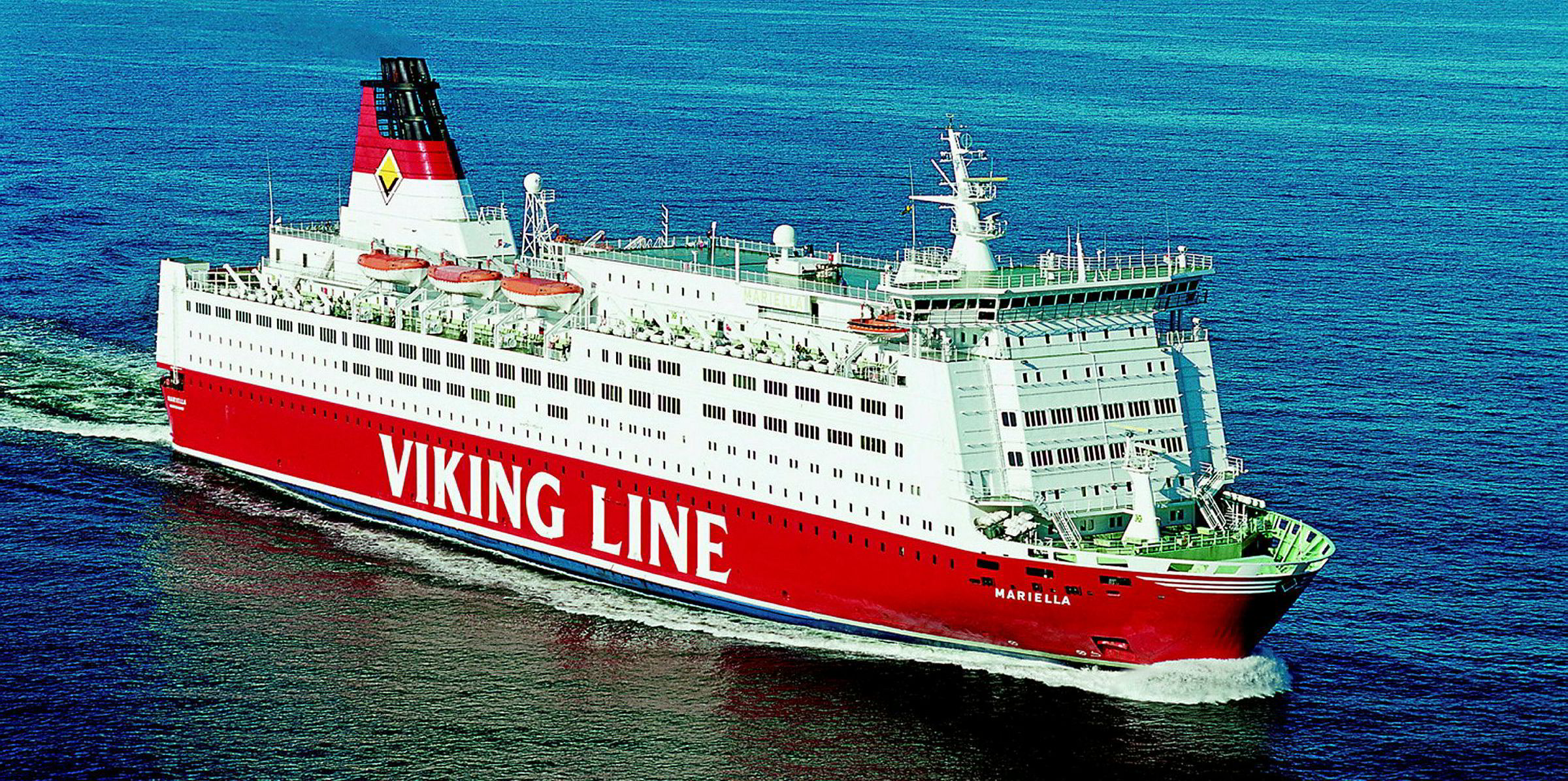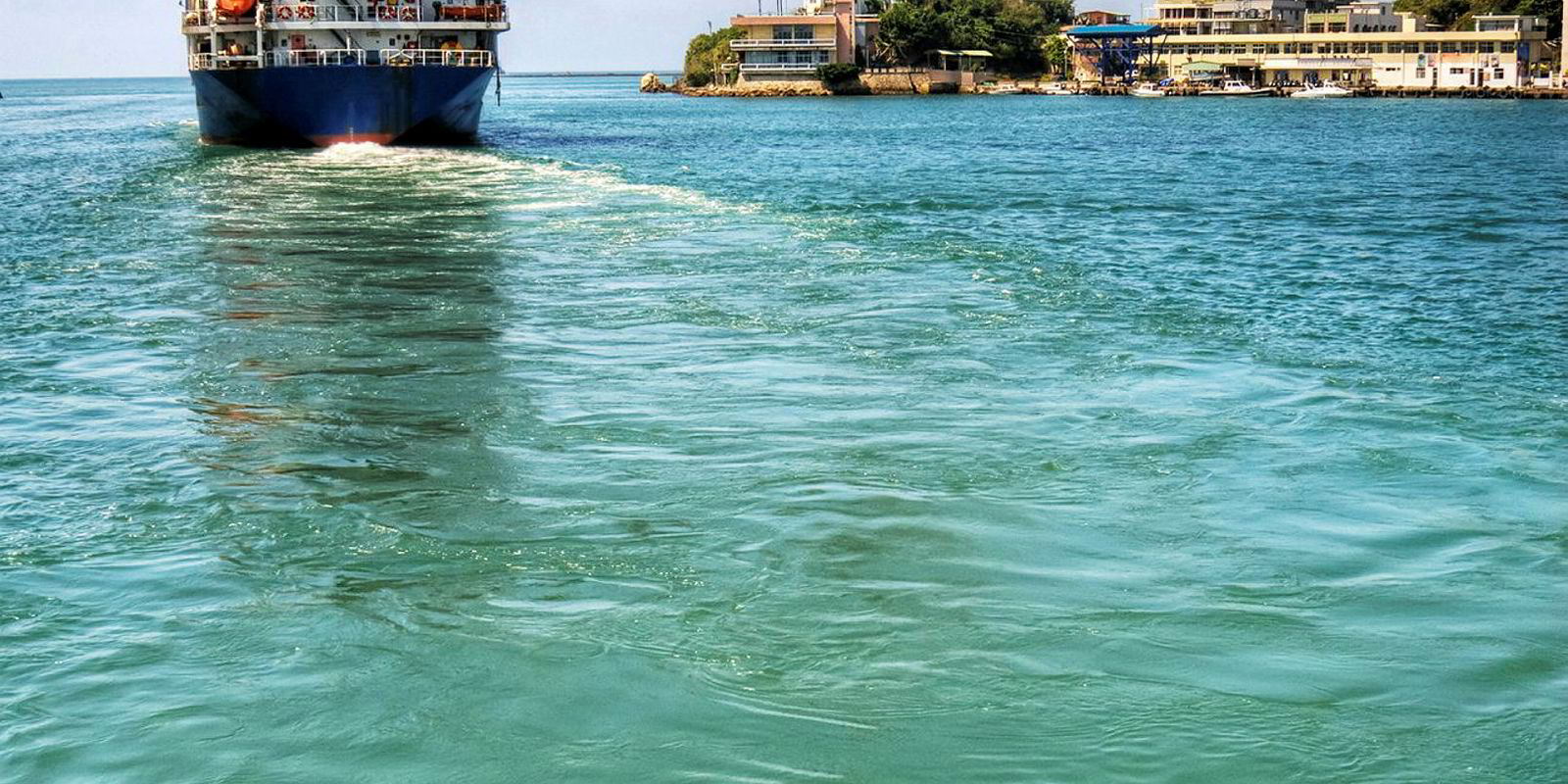Lars Langfeldt, senior project engineer at DNV GL-Maritime, says e4ships’ target is to have maritime fuel cell applications covering auxiliary power supply market-ready in the next couple of years.
On Viking Line's 2,500-passenger ropax Mariella (built 1985) — a ship constructed in Finland at the Turku yard, now owned by Meyer Group — the methanol fuel cell system is “running well” but needs further development, especially upscaling from the current 90kW.
Langfeldt believes the technology will require another five to 10 years for large-scale applications.
As well as upscaling to multiple megawatts, he identifies the challenge of agreeing international regulations covering the likes of hydrogen, methanol and low-flash-point diesel for maritime applications.
But the cost of fuel supply will decrease as demand grows and there is a shift from trucks to bunker vessels.
Langfeldt says mass production could reduce system costs to that of diesel engines, although high-temperature fuel cells require further development and it could be another five to 10 years before such price levels are achieved.
So far, German industry has favoured high-temperature fuel cells because liquid methanol can be used and stored more easily at an ambient temperature.
Particular interest
Langfeldt notes that high-temperature fuel cells using natural gas are particularly interesting because the handling and storage of LNG is already regulated within the IMO’s International Code of Safety for Ships Using Gases or Other Low-Flashpoint Fuels (IGF Code).
IMO sessions are said to be attracting a lot of German representatives, who are keen to see regulation introduced as early as possible.
Liquefied hydrogen, as opposed to compressed hydrogen, can be stored in larger volumes onboard vessels but, as it is not regulated, special permits involving flag states are needed — and that means more effort to secure system approval.
Bunkering also has to be, for example, from a tender vessel in the form the hydrogen is needed onboard. To convert liquefied hydrogen to compressed hydrogen is not feasible because of the need for a compressor on the ship.
Design development
At the end of last month, Norway’s Wilhelmsen announced it was cooperating with Moss Maritime, DNV GL and Equinor in developing the design of a 9,000-cbm liquefied hydrogen (LH2) bunker vessel in a project sponsored by Innovation Norway.
“The vessel design comes at a time when hydrogen is finally developing into a viable solution for the larger market,” Wilhelmsen said.
Langfeldt says many manufacturers previously concentrating on automotive fuel cells are now also looking at maritime applications.
For example, DNV GL has granted approval in principal to Norwegian joint-venture manufacturer Hyon for its fuel cell-based power-generating system to be installed on vessels.
It can be installed above or below the main deck using up to 20-foot containers to generate megawatts of power.






